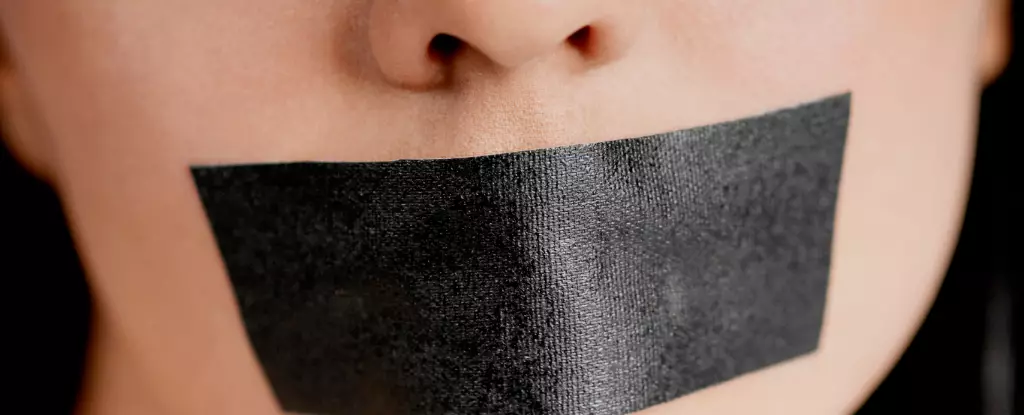Sleep apnea is a serious medical condition characterized by repeated interruptions in breathing during sleep. One of its primary mechanisms involves the collapse of the airway, often linked to lifestyle choices such as poor diet, lack of exercise, and now recognized, the severe impact it can have on cardiovascular health. The implications of sleep apnea extend beyond mere nightly inconvenience, as it can lead to grave consequences like heart disease and stroke. Hence, it is imperative to examine the treatment options available, particularly non-invasive ones that are increasingly gaining popularity.
For those diagnosed with sleep apnea, traditional treatments include Continuous Positive Airway Pressure (CPAP) machines and mandibular advancement devices. The CPAP machine has been a cornerstone of sleep apnea treatment for over four decades, delivering pressurized air through a mask that keeps the airway open. Despite its effectiveness, adherence remains a significant issue, with studies indicating that approximately half of the prescribed patients abandon the therapy within three years due to discomfort and lifestyle interference.
Mandibular advancement devices—often likened to sports gumshields—also present their own set of challenges. Although they can alleviate symptoms for individuals suffering from mild to moderate sleep apnea, they may pose discomfort, leading to drooling, dry mouth, and even long-term dental issues. The limitations of both treatments necessitate exploration into alternative, less invasive solutions.
One of the innovations gaining traction, thanks to user testimonials on social media and informal wellness circles, is mouth taping. The premise is straightforward: users tape their mouths shut to ensure they breathe nasally throughout the night, which theoretically reduces the chances of airway collapse. Proponents advocate for specialty medical-grade tapes for safety and breathability, but skepticism about the efficacy of this approach looms large amid limited research.
A recent study highlighted the mixed outcomes of mouth taping. While some participants experienced improved airflow, others displayed a decrease, underlining the need for personalized assessments. This inconsistency raises concerns regarding mouth taping being a convenient one-size-fits-all remedy.
While some individuals may seek relief through mouth taping, critical considerations must be kept in mind. The human mouth is highly sensitive, with thousands of nerve endings—making it prone to irritation and discomfort. Tape can cause skin irritation, which, in extreme cases, can escalate to conditions like dermatitis or folliculitis. Additionally, mouth puffing remains a serious concern; when users exhale through the unsealed areas of their mouth, they risk inadequate oxygen intake and elevated carbon dioxide levels, potentially leading their body into a state of distress.
The consequences can be even steeper for those with pre-existing respiratory conditions. In such instances, mouth taping can exacerbate existing problems, leading to severe outcomes, including aspiration pneumonia—especially in scenarios where an individual may vomit during sleep. The dangers here cannot be overstated.
While mouth taping may appear as an appealing alternative treatment for sleep apnea—especially for those seeking to avoid CPAP machines and dental devices—the potential hazards associated with it command attention. Scientific evidence remains scant and often inconclusive, showcasing the inherent risks that may outweigh potential benefits.
Individuals with sleep apnea should approach treatments, especially those less conventional, with caution and ideally under medical supervision. As research continues, there is a critical need for more understanding in this area so that those affected can safely manage their condition. For now, mouth taping is a dubious solution that requires careful consideration and perhaps even broader discourse in the medical community about its efficacy and safety.


Leave a Reply